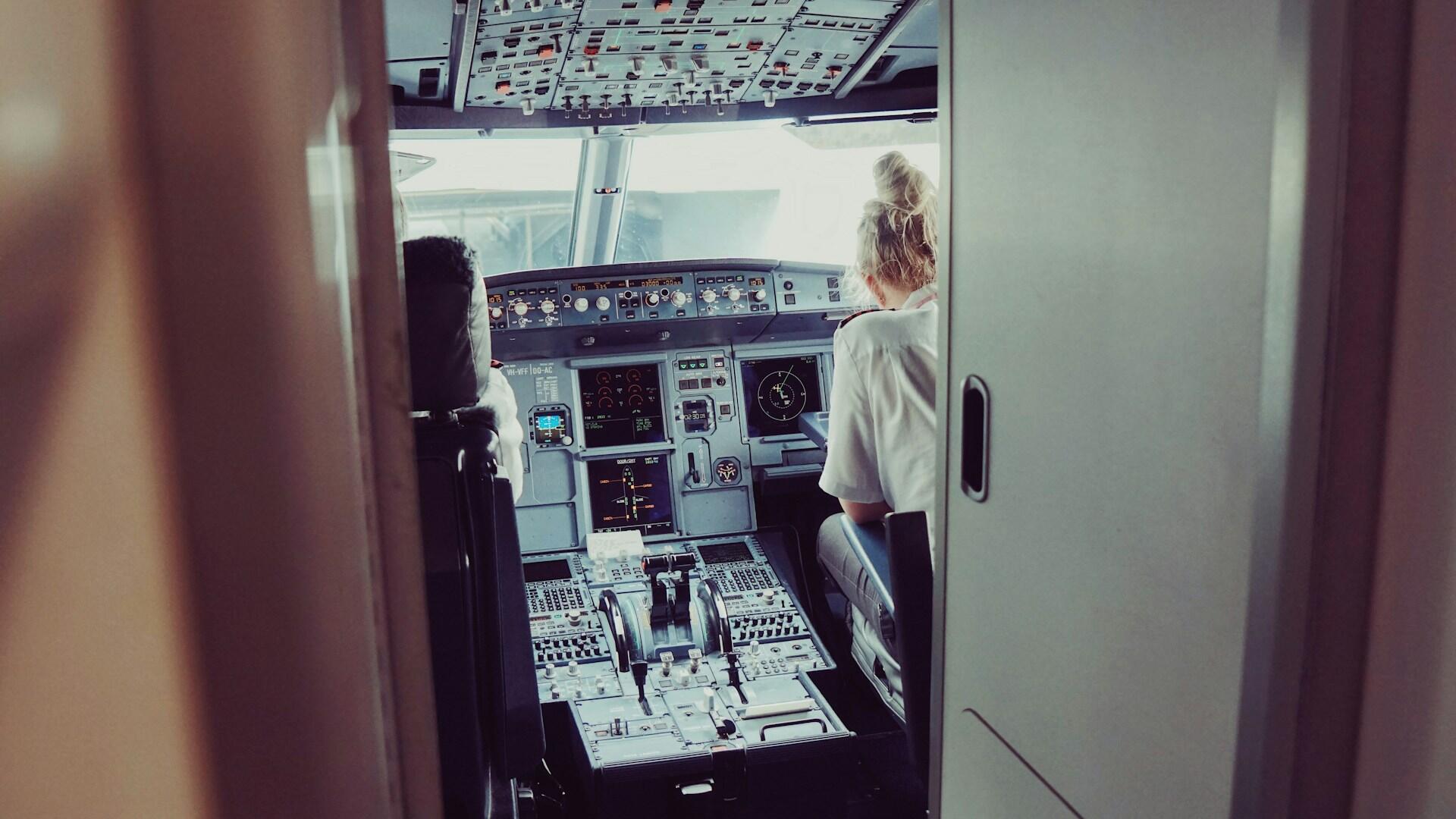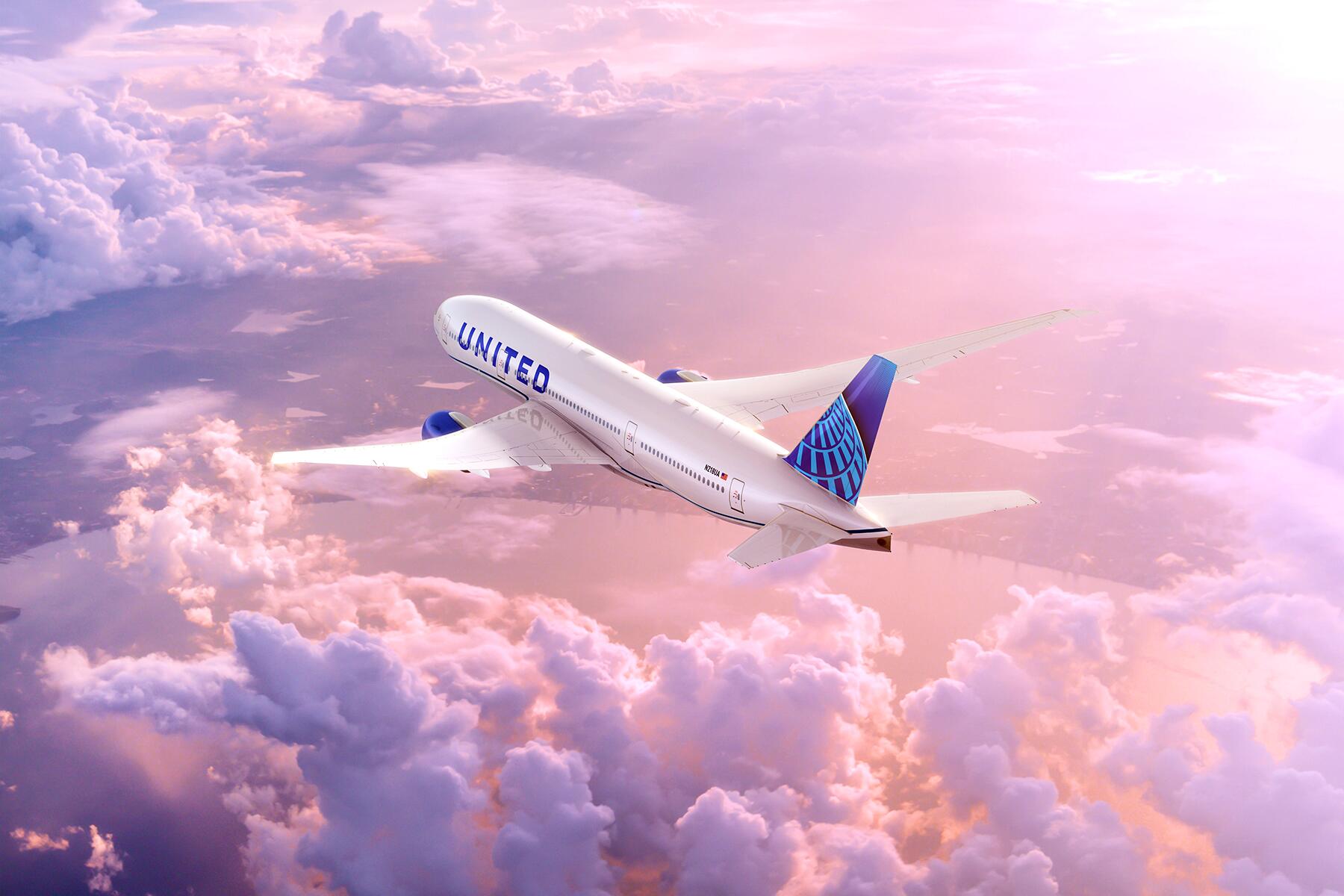The past few days have been extraordinary ones in airline safety.
On Thursday, a United Airlines Boeing 777-200 departing San Francisco International Airport for Japan had one of the wheels on the main landing gear fall off just after the aircraft lifted off the runway. The wheel landed in a parking lot, damaging several cars, but there were no injuries on the aircraft, which diverted to Los Angeles and landed safely. A preliminary FAA notice indicated an airfield safety employee was injured while moving debris.
A day later, another United aircraft was involved in an incident. At Houston Intercontinental Airport, one of the company’s Boeing 737-800 aircraft rolled off the end of a runway after a flight from Memphis. Photos and videos from the scene showed the aircraft tiled slightly to one side in the grass. Similarly, there were no injuries to passengers or crew on the flight.
But what does this mean for airline safety? The string of incidents come just weeks after a door plug failed on an Alaska Airlines 737 MAX 9 over Portland, Oregon, causing the FAA to ground the type until inspections could be completed.
The National Transportation Safety Board (NTSB) has said it will investigate both incidents. Incidents are distinct from accidents, which involve death or serious injury of persons involved (whether passengers, crew, or bystanders). The NTSB investigates incidents to learn their cause, and makes recommendations to the Federal Aviation Administration (FAA) which enforces aviation safety.
Recommended Fodor’s Video
It’s worth noting that there hasn’t been a major hull loss accident in the United States since 2009—a remarkable, ongoing 15-year streak in aviation safety.
When the NTSB investigates an accident or incident, it can take up to several years to determine the root causes and issue recommendations.
The investigation of the San Francisco incident will likely center around maintenance procedures—whether the most recent mechanics to service the landing gear were following the correct procedures, whether the procedures (which are developed by an airline based on the aircraft manufacturer’s recommendations with the oversight and approval of the FAA) were sufficiently safe, and whether they should be revised across the industry.
It’s worth noting that wheel issues on commercial jetliners aren’t entirely uncommon, but losing a wheel is relatively rare. In January, a nosewheel came off a Delta Air Lines Boeing 757 while the aircraft was taxiing to depart in Atlanta. Tires also burst on landing on occasion, but these types of incidents can often go completely unnoticed by passengers.
According to the tracking service FlightRadar24, the Boeing 777 aircraft involved in the San Francisco incident has already returned to service. United flew the aircraft back to San Francisco empty on Sunday, where it operated the company’s regular nonstop to Paris that afternoon.
The Boeing 777 aircraft has two main landing gear—one under each wing, and a nose gear under the cockpit. Each main landing gear has six wheels, and to lose one wouldn’t generally compromise safe operation of the aircraft, but dropping from an aircraft in flight would pose significant hazard to those on the ground.
In the Houston incident, the NTSB investigation will likely focus on how the aircraft was being flown, and whether the aircraft was working the way it was designed. The aircraft involved has not been flown since the incident flight.
Aviation has always been a long-running science—even the Wright Brothers made modifications to their first aircraft after its famous seminal flight in 1903—a flight just a few minutes long, that ended in a crash landing. In the decades since, exhaustive investigation of aircraft accidents and incidents has painstakingly made the skies safer as threats to safety have been identified and mitigated.
The current string of incidents is receiving more attention because of their proximity to each other and is unlikely to indicate any wider, systemic failures in either airlines or their regulators, although regulators will certainly look for patterns that could point to them—as they did after two deadly Boeing 737 MAX crashes in 2018 and 2019.
It may take some time for investigators to reach full conclusions about the cause of either of last week’s incidents, but passengers can still fly with confidence, assured that there are multiple layers of safety regulation and oversight built in to the nation’s aviation system.




